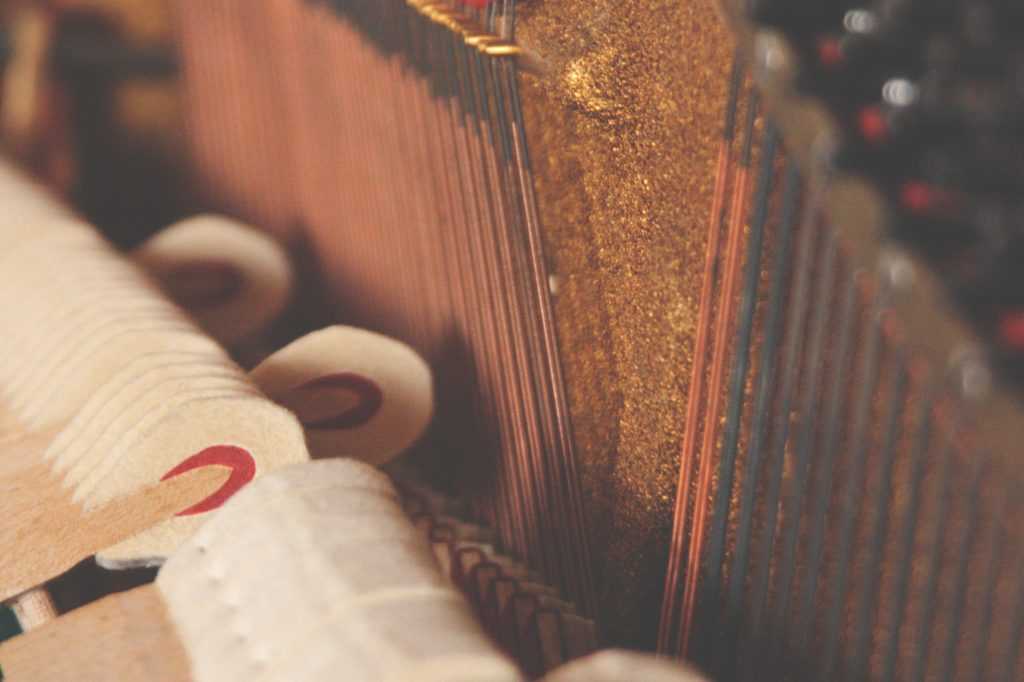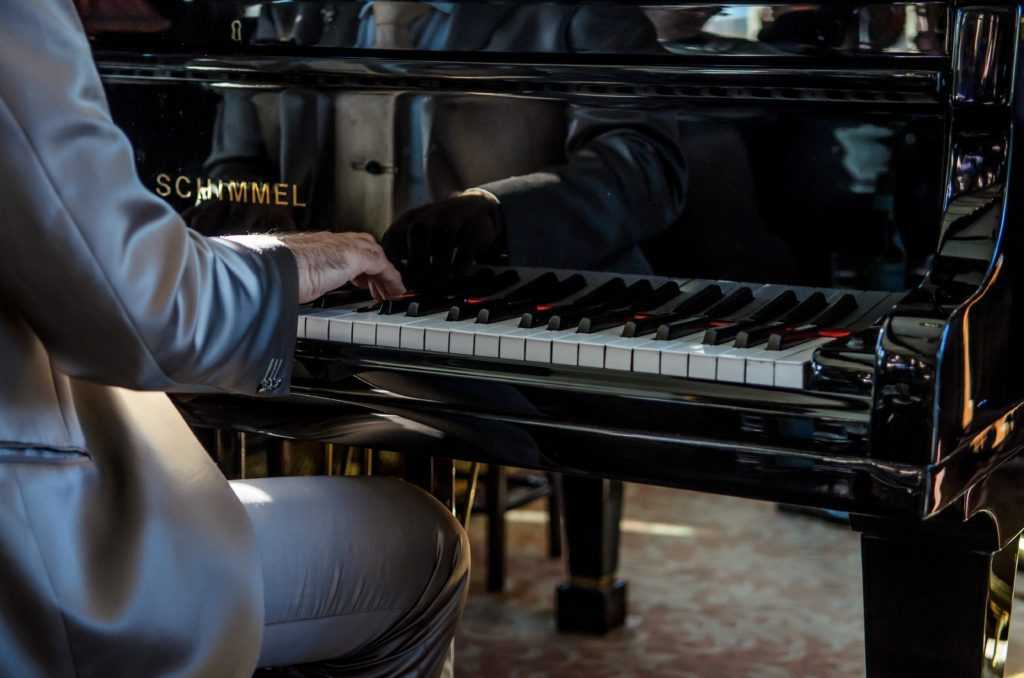How to Use the Piano Pedals

Using the Piano Pedals
When you’re learning the piano, you’ll quickly discover how important it is to learn to use your hands and fingers independently. It’s a bit of a balancing act, and is quite the challenge at first. And then? You have to worry about the piano pedals, too.
Learning to use the piano pedals requires coordination and focus, and a great music teacher will show you how to master this extra challenge through careful practice and techniques during your piano lessons. As you get started using the piano pedals, here are a few things to know.
Playing Without Pedals
As you’re learning to play the piano or taking on a new piece, it’s usually best to learn the piece without using the pedals, first. This offers a few different benefits:
- You can focus on making sure that your fingers are in the right places, and that you’re playing the correct notes
- You can focus on making sure that all of the rhythms are correct, so you don’t have to go back and re-learn any sections in the future
- You can learn the dynamics of the piece with your fingers first before adding in the extra task of managing the piano pedals
Generally speaking, learning a piece without the piano pedals means that you can focus on learning the piece correctly and instilling good muscle memory in your fingers. Then, you can add in the pedals later, when you don’t have to focus as intently on what your fingers are doing.
If you’re playing a piece with a section that doesn’t work without the use of the pedals, though, then you may need to use those pedals (at least for that section) from the very beginning. You may need the pedals for the following situations:
- You need to use the Sustain Pedal hold a chord while you play the melody when the notes are too far apart to play them both simultaneously
- You need the Sostenuto Pedal to hold a chord out over the rest of the section
In these situations, it’s often best to start practicing the passage with the pedals as you learn.

Understanding the Piano Pedals
How do the piano pedals work, and why do you need them? Plus, what’s the difference between the pedals?
From left to right, the three piano pedals are:
- Una Corda Pedal, or Soft Pedal
- Sostenuto Pedal, also called the Bass Damper, Practice Mute, or Silent Pedal
- Sustain Pedal, or the Damper Pedal
Let’s take a detailed look at what each of the pedals do, and when you will use them.
Sustain Pedal
The Sustain Pedal is the most commonly used pedal. The pedal lifts up the dampers, which allows the strings to ring out without stopping until you lift the pedal. The Sustain Pedal is particularly important when you’re playing a piece that you want to have a full sound. Mastering the Sustain Pedal involves a lot more than just up and down, so be sure to work on this with your piano teacher.
Una Corda Pedal
The Una Corda Pedal is the pedal that’s used secondly most often. This pedal helps to make the piano’s sound softer, but it works in different ways depending on the type of piano that you’re playing.
- For upright pianos, the Una Corda Pedal moves the hammers closer to each of the strings. This way, the amount of velocity that you use to play a key moves the hammer only half the distance, making the resulting sound softer.
- For a grand piano, the Una Corda Pedal moves the hammers to the right, which means that they’ll strike only one of the two or three strings that they would normally strike. This also reduces the volume.

Sostenuto Pedal
The Sostenuto Pedal is rarely used, and there are very few pieces that call for its use. If they do call for it, the pedal is marked in the music as “S.P.,” “Sost. Ped.,” or “ThP.”
The pedal has no single defined function, and its use differs depending on the type of piano you’re playing:
- On some upright pianos, using the pedal causes a strip of felt to be placed lightly on the strings. This gives the piano a softer sound.
- On some upright and grand pianos, the pedal sustains only the bass strings on the left-hand side of the keyboard.
- On some upright and grand pianos, the pedal has no function and is just installed for novelty.
- On most grand pianos, the pedal has a mechanism that allows you to sustain only the notes that are played when it is pressed. Any notes played after that won’t be sustained.
French piano builders Alexandre Francois Debain and Claude Montal invented the pedal in 1844, and then Albert Steinway perfected it and patented it in 1874. In the late 19th century the piano became very popular, and it is installed on all Steinway pianos and most other brands, as well.
Mastering the use of the piano pedals will make you a more capable and versatile musician. With a bit of time and some practice, you’ll be able to use the pedals to enhance and enrich your music making.
Related

Staff


